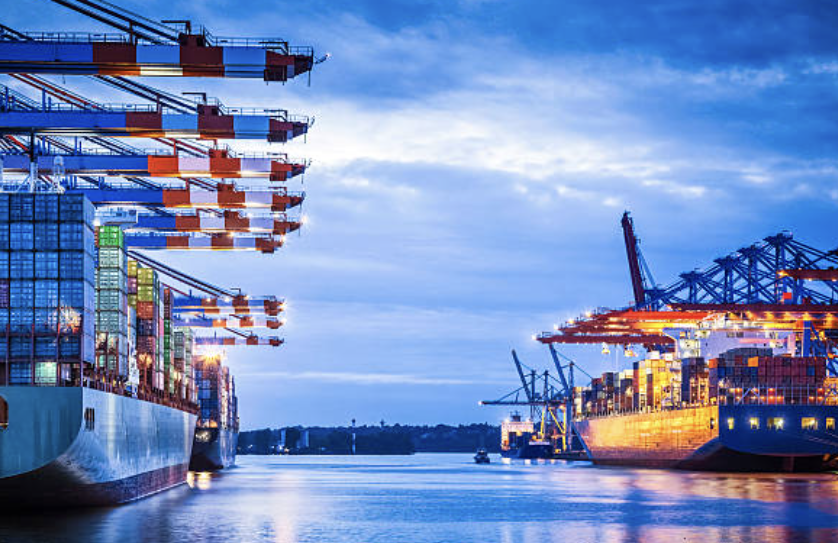
Posted on Wednesday, March 13, 2024
The marine industry, a cornerstone of global trade and transportation, relies heavily on metal fabrication to build and maintain its ships, submarines, offshore platforms, and other maritime structures. As the world faces technological advancements and sustainability challenges, the future of metal fabrication in this sector is poised for transformative changes. Emerging technologies like additive manufacturing and smart CNC systems, coupled with sustainability initiatives, are reshaping the way the marine industry approaches metal fabrication.
Q: What is additive manufacturing, and how is it used in the marine industry?
A: Additive manufacturing, or 3D printing, is a technology that creates objects layer by layer from digital designs. In the marine industry, it is used to produce complex components like propellers and custom parts efficiently and with minimal waste.
Q: What are smart CNC systems?
A: Smart CNC systems are advanced machining tools that leverage IoT and AI to enhance precision, monitor operations, and optimize workflows. They are widely used in marine metal fabrication for tasks like cutting, drilling, and shaping metal parts.
Q: How does using recycled materials benefit the marine industry?
A: Using recycled materials reduces environmental impact, lowers costs, and aligns with global sustainability initiatives while maintaining the strength and durability required for marine structures.
Q: What are the challenges in implementing green manufacturing in marine metal fabrication?
A: Challenges include the high cost of adopting green technologies, regulatory hurdles, and the need for significant changes to existing manufacturing workflows.
What is the role of metal fabrication in the marine industry?
Metal fabrication is crucial in constructing and maintaining ships, submarines, and offshore platforms, providing the structural integrity and durability needed for marine operations.
What are the key technologies shaping the future of marine metal fabrication?
Key technologies include additive manufacturing, smart CNC systems, and advanced cutting techniques like laser and plasma cutting.
What are the benefits of green manufacturing in the marine industry?
Green manufacturing reduces waste, lowers carbon emissions, and promotes the use of sustainable materials, aligning with global efforts to combat climate change.
The future of metal fabrication in the marine industry is undeniably exciting. By embracing emerging technologies and sustainability practices, the industry can overcome challenges and seize opportunities to build more efficient, sustainable, and innovative marine solutions. As advancements continue, the marine sector will play a pivotal role in driving progress in metal fabrication.

Understanding Coil IDs, Mandrel Sizing, and Shear Pin Safety in Uncoilers
Posted on Wednesday, October 1, 2025
Mismatched sizes can lead to machine damage, downtime, and safety hazards — often evidenced by a shear pin failure.

How Coil Tensile Strength Affects Roll Forming and How to Adjust Your Machine
Posted on Wednesday, October 1, 2025
Changes in tensile strength can significantly affect the finished profile, causing misaligned bends, uneven edges, and out-of-spec parts.

Why Paint Cracks on an Embossing Line Running Pre-Painted Coil and How to Prevent It
Posted on Wednesday, October 1, 2025
This issue not only affects the visual quality of the product but can also lead to increased scrap rates and customer complaints.

The Most Popular Standing Seam Metal Roof Panels in the U.S. — A Comprehensive Guide
Posted on Monday, September 29, 2025
In this post, we’ll explore what panel styles and sizes are most popular in the U.S